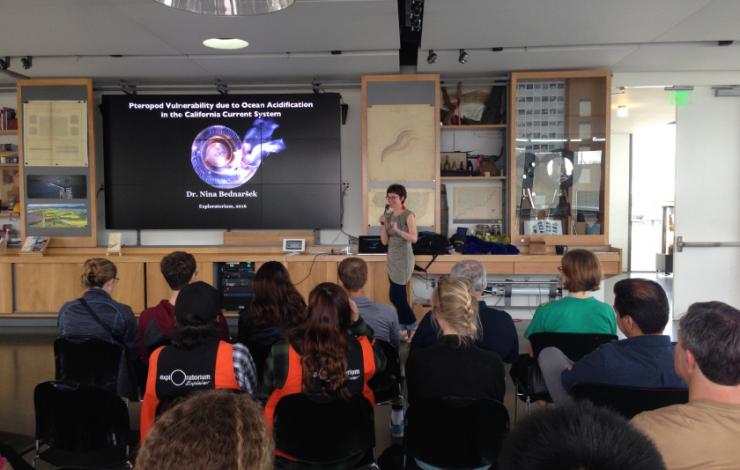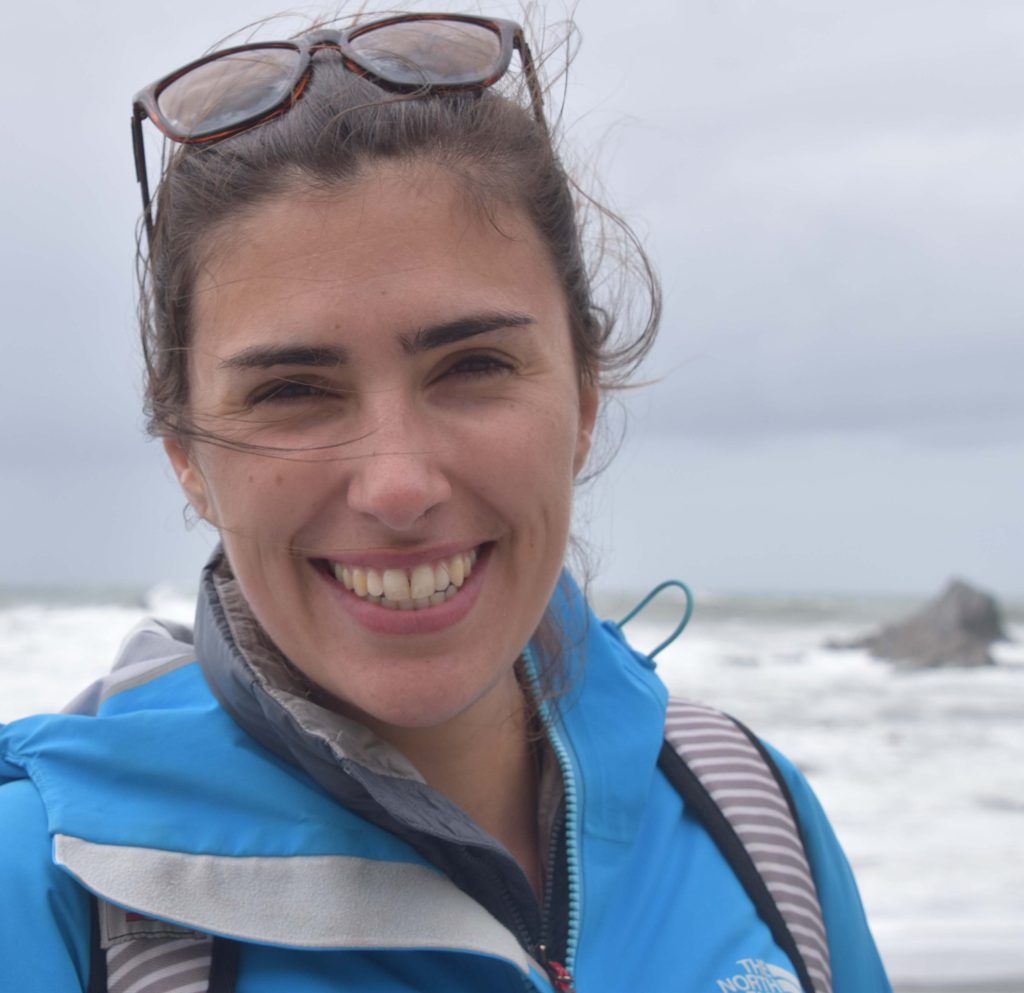Nina Bednarsek Awarded SeaDoc Society Science Prize
Dr. Nina Bednarsek has been awarded the biennial SeaDoc Society's’ Salish Sea Science Prize for her groundbreaking work on the impacts of ocean acidification on pteropods, planktonic marine snails, as well as enhancing policy and regulatory processes along the US West Coast. Dr. Bednarsek was an NRC postdoctoral research fellow with NOAA Pacific Marine Environmental Laboratory (PMEL) from 2012 – 2015 where she worked with the Carbon Program. Dr. Bednarsek’s research with PMEL has found that the highest impacts on pteropods from ocean acidification
Nina Bednarsek Awarded SeaDoc Society Science Prize Read More »







